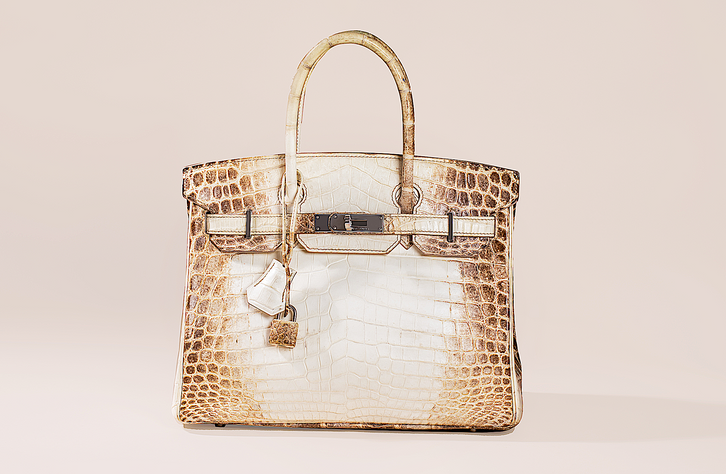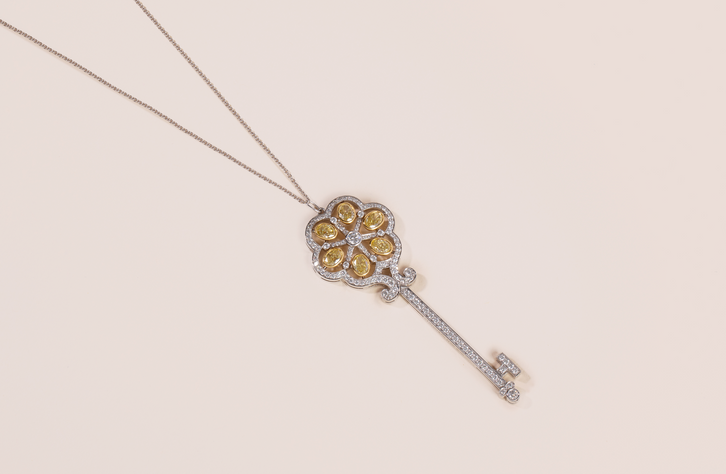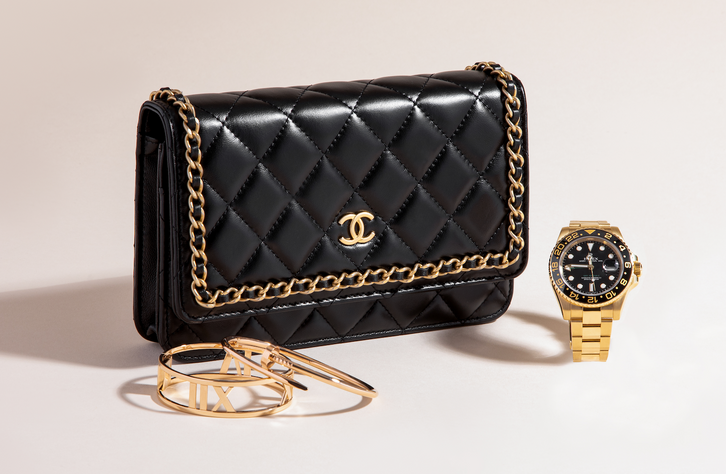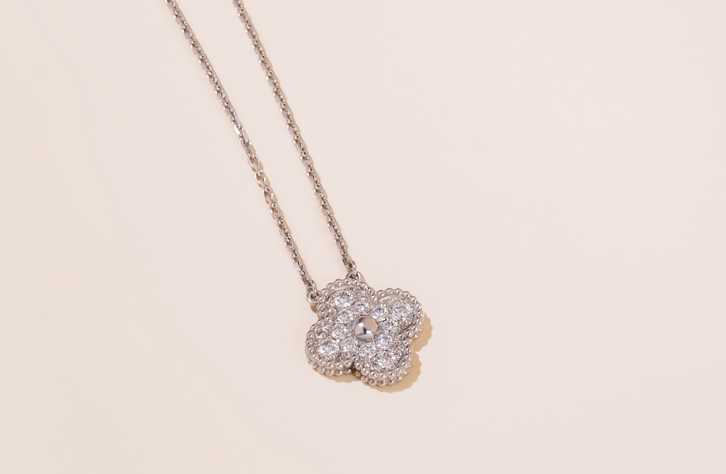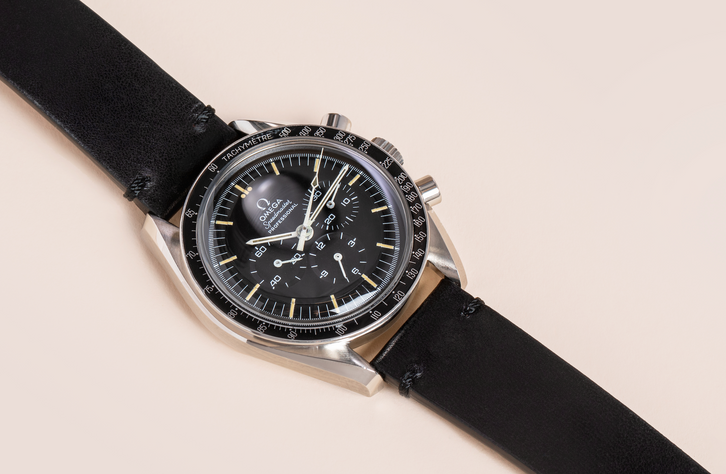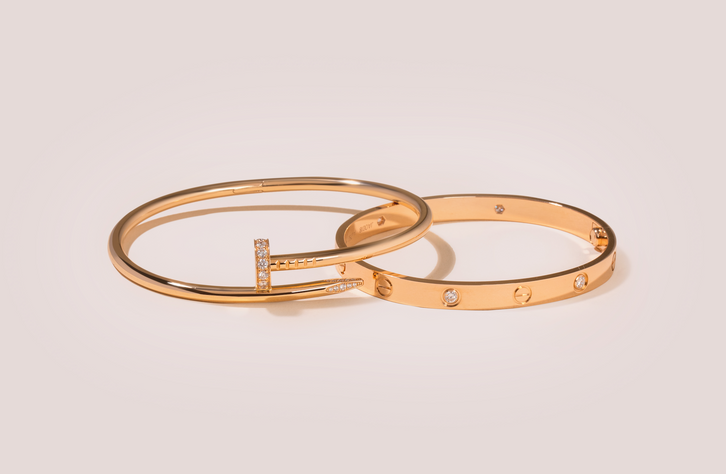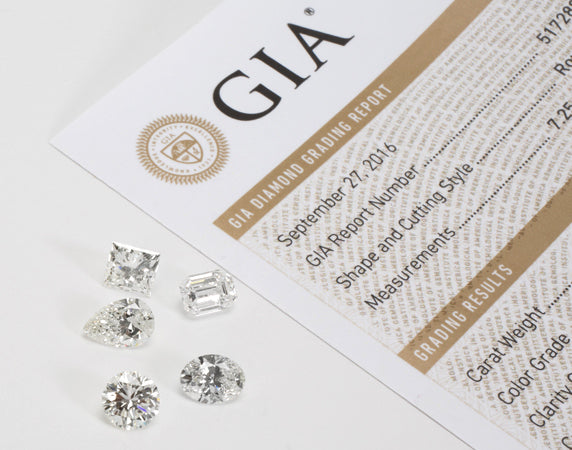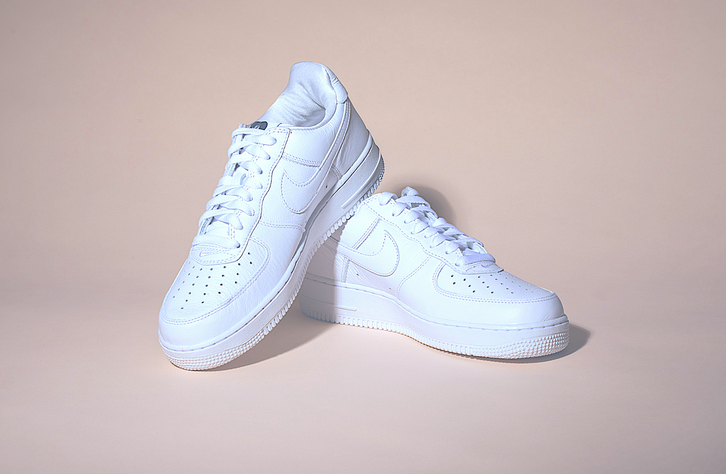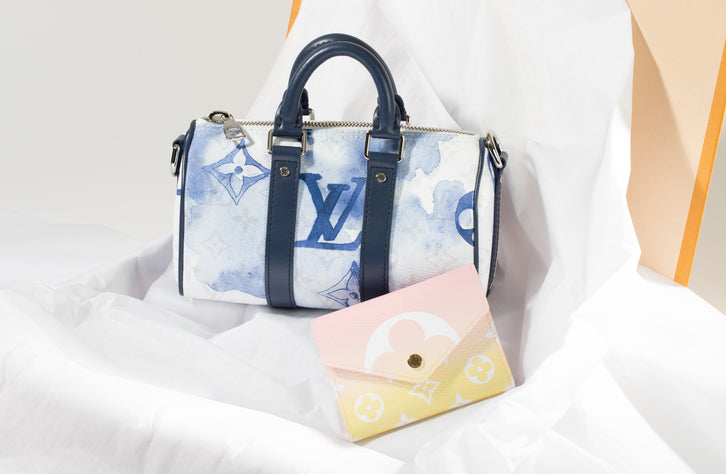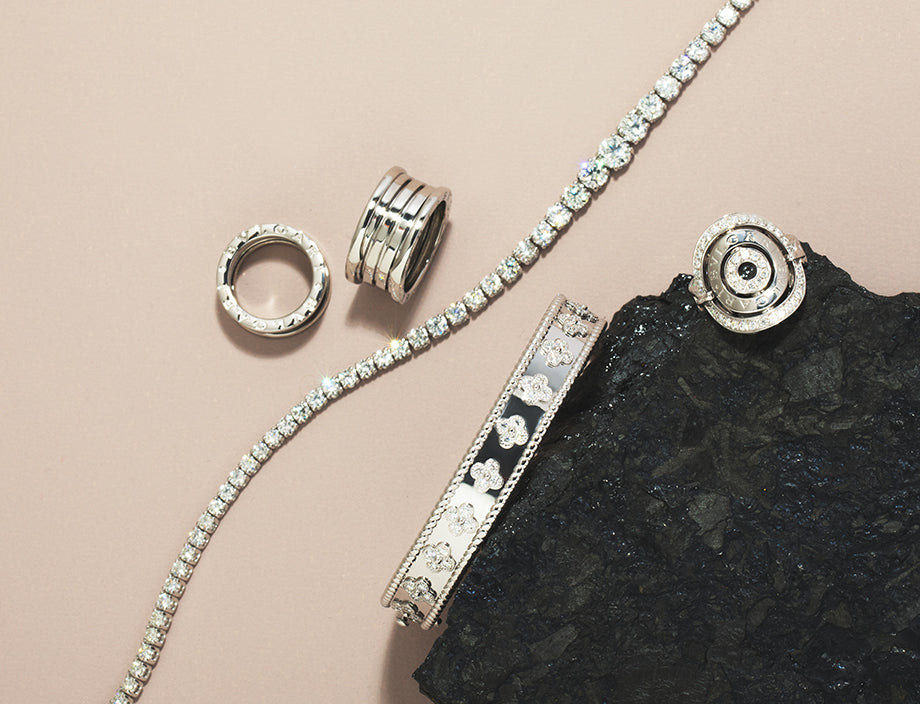Keep reading to explore the illustrious evolution of the luxury watch.
TheEvolution Of The Luxury Watch:
1500s - 1800s
- 1571: Were starting our dive into the evolution of the luxury watch in the 1500s. Queen Elizabeth I of England was gifted a jewelled arm watch by Robert Dudley, the Earl of Leicester, for a new years gift. This timepiece was decorated with many jewels some of which concealed the dial.
- 1812: Breguet gifted the first wristwatch to Caroline Murat, the Queen of Naples. Queen Carolines thin oval watch featured a repeater and thermometer which sat upon a wristlet of hair entwined with gold thread.
- 1892: Watch manufacturer Louis Brandt & Frere, later known as Omega, made the first wristwatch with a minute repeater in 1892. The watchmakers miniaturized this complex function seen in pocket watches which chimes the hours and minutes on demand.
1900s
- 1903: The Swiss company Dimier Frercs & Cie patented a wristwatch design with fixed wire lugs and a leather strap.
- 1904: Aviator Alberto Santos asked his friend Louis Cartier for a timekeeping device that allowed him to keep both hands on the controls while also timing maneuvers. Cartier designed the Santos wristwatch as the perfect timepiece for aviators and it remains in production to this day.
1910
- 1910: Hans Wilsdorf established Rolex with the desire to popularize wristwatches. Wristwatches were commonly perceived as an accessory for women with pocket watches to be worn by men. Wilsdorf created a wristwatch which became the first receive Swiss certification as a chronometer due to its notable accuracy and durability.
- 1914 1918: During World War I, military men did not have the time to take out a pocket watch in the heat of battle. Soldiers began to strap their pocket watches onto a leather wrist strap for hands free operation, referred to as trench watches. Even after the war, men continued to wear their watches on their wrists for the sake of convenience.
1920s
- 1923: John Harwood designed the first self-winding wristwatch whose winding mechanism was located inside the watch as a swinging weight. Harwoods watch lacked a crown and was instead set by rotating the bezel.
- 1925: Patek Philippe invented the perpetual-calendar wristwatch which is a complex function that displays the day, date and month while automatically accounting for leap years. This meant that the watch would function properly without manual date adjustment for many years.
- 1926: Rolex debuted the first waterproof watch called the Oyster Perpetual. This watch featured a hermetically sealed case and a screw-down crown to protect the movement from water and dust.
- 1927: In a feat of physical and technical amazement, Mercedes Gleitze swam the English Channel wearing Rolexs Oyster Perpetual watch. The swim lasted for 10 hours and the watch remained in impeccable condition, perfectly illustrating superb water resistance of the Oyster Perpetual.
1930s
- 1931: Rolex created and patented the worlds first self-winding automatic mechanism with the perpetual rotor. This meant that a watch would be powered by the natural movements of the wearers wrist, rather than having to manually wind the crown. This technological innovation is still seen in automatic watches today.
- 1933: Rolex funded expeditions in the Himalayas and provided adventures with Oyster Perpetual watches to demonstrate how robust and reliable their watches were in extreme conditions. One expedition consisted of the first crew to fly over Everest, who wore Rolexs Oyster Perpetual and lauded the watchs performance throughout their journey.
1940s
- 1945: Rolex introduced the Datejust, the first automatic chronometer wristwatch that displayed the date and instantaneously changed the date at midnight. The Datejust remains as one of Rolexs most popular collections.
1950s
- 1957: Hamilton created the first electric watch called the Hamilton Electric 500 which was powered by battery. While the watch did not need to be wound, it required frequent battery changes.
1960s
- 1960: Rolexs experimental watch, known as the Deep Sea Special voyaged down the Mariana Trench, the deepest known depression on Earth. The Deep Sea Special was worn by Oceanographer Jacques Piccard at a depth of 35,840 feet deep which the watch successfully endured while maintaining its functionality.
- 1965: After rigorous testing of commercial chronographs, Omegas Speedmaster became the official watch of NASA as it could withstand extreme temperatures, shocks and various pressures.
- 1967: Seiko and a conglomerate of Swiss firms introduced quartz movements. Quartz watches were more accurate than theirmechanical counterparts, with Seikos quartz watch deviating at a mere 5 seconds a month.
- 1969: Buzz Aldrin wore Omegas Speedmaster watch as he stepped onto the moon.
- 1969: Zenith debuted the first automatic chronograph wrist watch.
1970s
- 1970: With the rise of quartz watches the quartz crisis begins. As people opt for cheaper quartz watches, the Swiss watchmaking industry suffers.
- 1970: After other timing devices failed during Apollo 13s mission, Commander James Lovell used his Speedmaster to precisely time the spaceships re-entry to Earth, saving the astronauts lives.
1980s
- 1980: Quartz watches continued to dominate the watch market.
- 1983: Watch brand Blancpain was revived when bought by Jean-Claude Biver and Jacques Piguet. Blancpain was so committed to only producing mechanical watches that they stated, Blancpain has never made a quartz watch and never will.
1990s
- 1990: Public interest for luxury watches began to rise once more as people fell in love with the masterfully beautiful and complex timepieces emerging from Swiss watchmakers.
- 1990: IWC released the Grande Complication automatic wristwatch which included 21 distinct complications such as a chronograph, perpetual calendar and minute repeater.
- 1994: Timex debuted the Data Link 150 watch which allowed users to transfer data from a PC to the watch via a built-in optical sensor.
- 1999: Omega launched their coaxial movement which increased their timepieces longevity, accuracy and stability.
2000s
- 2002: Patek Philippe released the Celestial watch with an astronomic display of the northern hemispheres starry night sky as well as moon phases.
- 2003: Frank Muller created the first multi-axial tourbillion wristwatch which corrects the force of gravity in all positions, as opposed to previous tourbillions which could only compensate for watches in the vertical position.
2010
- 2012: Filmmaker James Cameron descended the Mariana Trench to collect data and reached depths of 35,787 feet while wearing an experimental divers watch, the ROLEX DEEPSEA CHALLENEGE, which was designed to endure extreme pressure.
- 2012: Richard Mille created a full sapphire watch case with a split-seconds chrono tourbillion priced at $1.65 million.
- 2017:Paul Newmans Rolex Daytona sold for a record-breaking $17.8 million, becoming the most expensive wristwatch and Rolex ever sold at auction.
How To Sell Luxury Watches
After reading the evolution of the luxury watch, are you ready to upgrade your watch collection? As expert luxury watch, designer jewellery and diamond buyers, sell your existing pieces today and put the money towards the timepiece of your dreams. We offer the option of being paid in cash or in store credit for an additional 10%.
Selling your watches, jewellery and diamonds with myGemma for cash is easy, fast and free:
- To start the selling process, simply complete our online form to receive a price quote.
- To get a firm buying offer you can schedule an appointment at one of our UK offices or request a Special Royal Pack which ensures that your items are secure, trackable and fully insured.
- Our experts will assess your items in-person and then contact you with our final offer and detailed explanation of how we came to that price.
- You can accept your offer by bank transfer or request to have your items securely sent back for free.
With our rich understanding of the second-hand luxury market, team of industry experts and competitive offers, its no wonder we have hundreds of excellent customer reviews.









